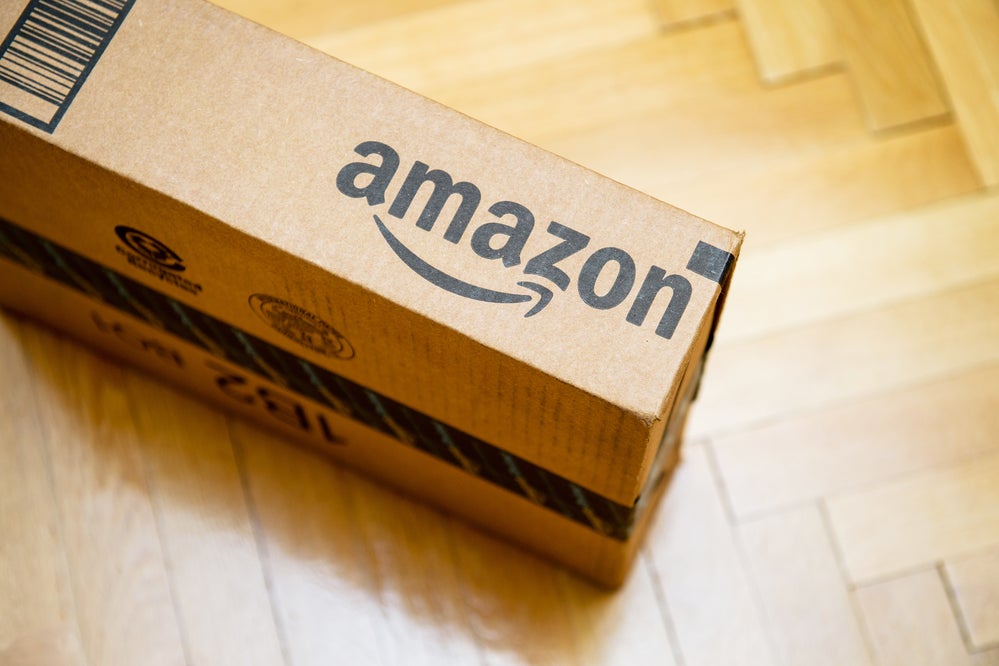Navigating Tariffs: Are Amazon and Walmart’s Canadian Strategies a Smart Gamble?
As U.S. trade tensions escalate, retail giants Amazon and Walmart are employing a bold workaround for their third-party sellers: stockpiling inventory in Canadian warehouses to bypass Trump-era tariffs on Chinese goods. Since 2023, hundreds of sellers have rerouted shipments through Canada, leveraging the country’s lower duty rates. While this tactic offers short-term relief, experts question its long-term viability amid tightening customs enforcement and geopolitical risks.
The Tariff Dodge: How Cross-Border Stockpiling Works
Third-party sellers—who account for 60% of Amazon’s marketplace sales—are increasingly using Canadian fulfillment centers as tariff shields. Goods manufactured in China are shipped directly to warehouses in Ontario or British Columbia, where they face Canada’s 5-10% import duties instead of U.S. rates that can exceed 25% for electronics, furniture, and textiles. Once orders are placed by U.S. customers, products cross the border under de minimis provisions, which exempt shipments valued under $800 from tariffs.
“This is a textbook case of trade arbitrage,” explains Dr. Elena Rodriguez, a supply chain economist at McGill University. “Sellers are exploiting the disparity between North American trade agreements. Canada’s USMCA membership allows tariff-free movement of goods once they’re on the continent, while its independent duty structure creates a loophole for Chinese imports.”
Key advantages of the strategy include:
- Immediate cost savings of 15-20% per shipment compared to direct U.S. imports
- Faster delivery times than overseas dropshipping
- Access to Amazon’s Prime eligibility through Canadian FBA (Fulfillment by Amazon) programs
Rising Risks: Regulatory Crackdowns and Hidden Costs
U.S. Customs and Border Protection (CBP) has noted a 37% year-over-year increase in Canadian-origin small packages since 2022, triggering scrutiny. In March 2024, the agency flagged 1,200 shipments for country-of-origin verification, a tenfold jump from 2021. “We’re seeing sophisticated attempts to circumvent Section 301 tariffs,” stated CBP Commissioner Mark Morgan during a House Ways and Means Committee hearing.
Meanwhile, Canadian logistics costs are surging. Vancouver warehouse rents spiked 28% in Q1 2024 due to demand, while cross-border trucking fees have doubled since pandemic-era bottlenecks. “The math only works if tariffs stay high and enforcement stays lax,” warns logistics consultant Raj Patel. “Sellers are gambling that both conditions will hold—a risky bet.”
Walmart and Amazon’s Diverging Approaches
The retail giants are taking contrasting stances on the practice:
Amazon has quietly expanded its Canadian fulfillment network, adding 3 new centers near the Detroit and Buffalo borders. Internal documents leaked in February reveal a “Canada First” initiative encouraging sellers to use Canadian storage for U.S.-bound goods.
Walmart, conversely, issued a March memo threatening to suspend sellers caught “misusing” Canadian facilities for tariff avoidance. The retailer faces political pressure as it expands U.S. manufacturing pledges.
Broader Implications: Trade Wars and E-Commerce Evolution
The strategy reflects deeper shifts in global trade:
- Reshoring acceleration: 42% of U.S. manufacturers have moved production from China since 2020 (Kearney report)
- FTA exploitation: Similar loopholes emerge in Mexico’s maquiladora zones
- Marketplace liability: Platforms face growing responsibility for sellers’ compliance
“This isn’t just about tariffs—it’s about who bears the risk in fractured supply chains,” notes trade attorney Lydia Cho. “When CBP starts seizing shipments, will Amazon cover sellers’ losses?”
What’s Next for Cross-Border E-Commerce?
The Biden administration’s review of de minimis thresholds could close the loophole by year-end. Proposed legislation (HR 4148) would:
- Lower the $800 exemption to $200
- Ban shipments from foreign warehouses
- Require marketplace collection of import duties
For now, sellers continue playing tariff hopscotch—but the game’s rules may soon change. Businesses should consult trade compliance experts and diversify sourcing strategies. As global trade rules evolve, agility will separate the winners from those left holding costly inventory.
Want to stay ahead of shifting trade policies? Subscribe to our supply chain newsletter for monthly regulatory updates and strategic insights.
See more Business Focus Insider Team

